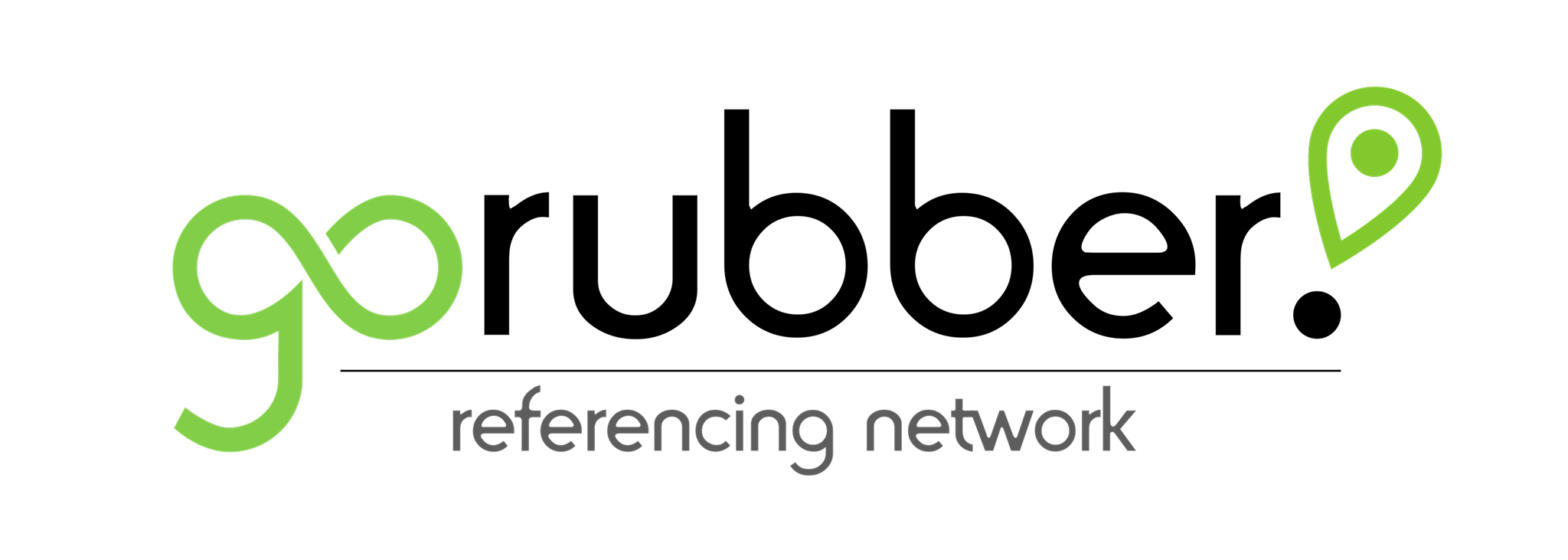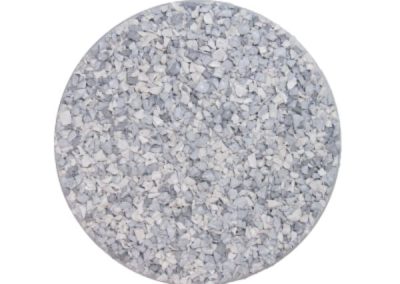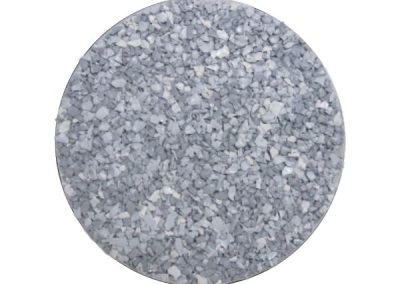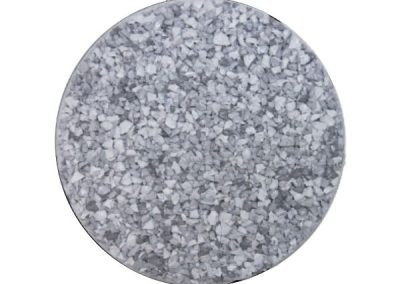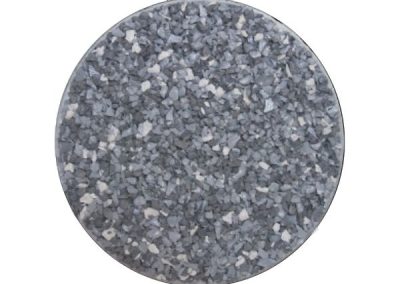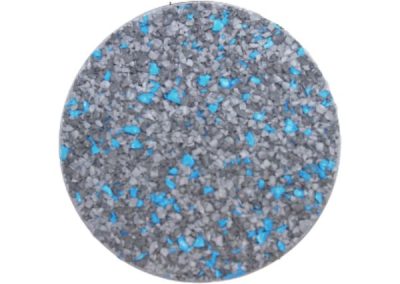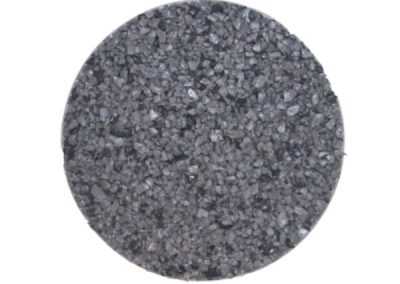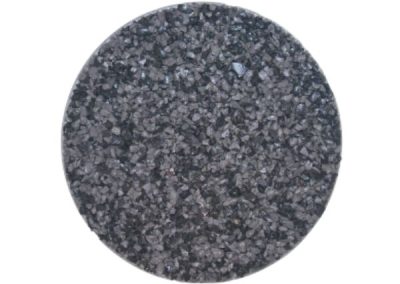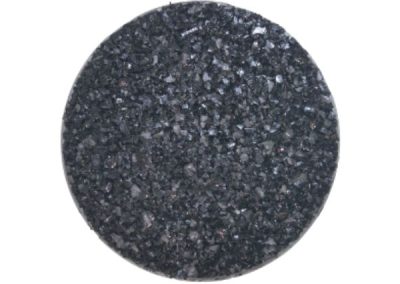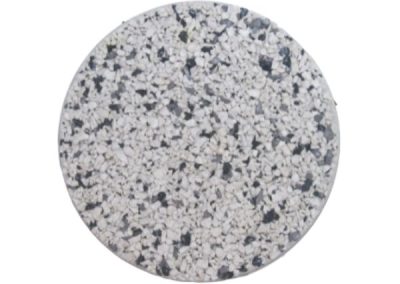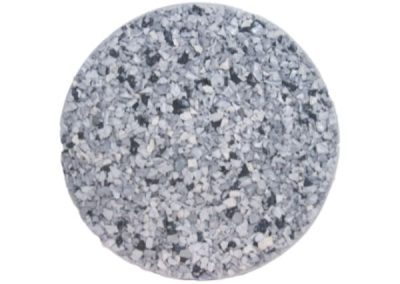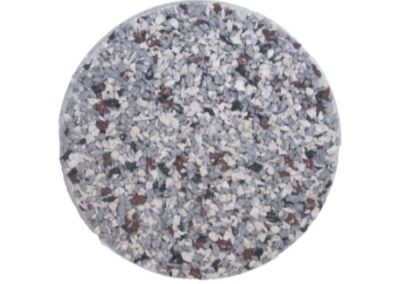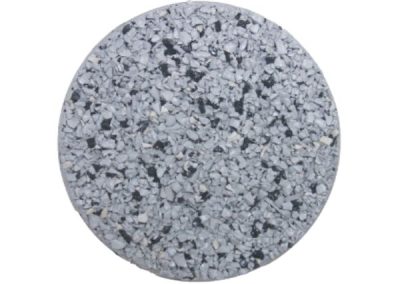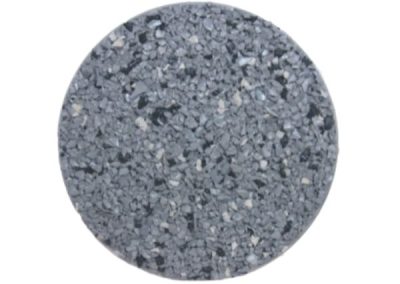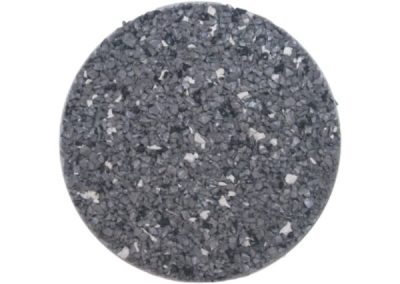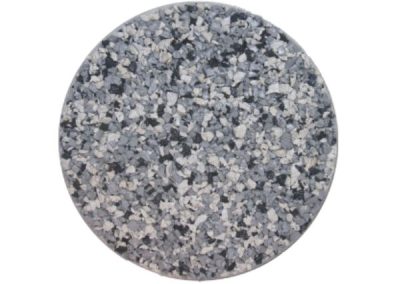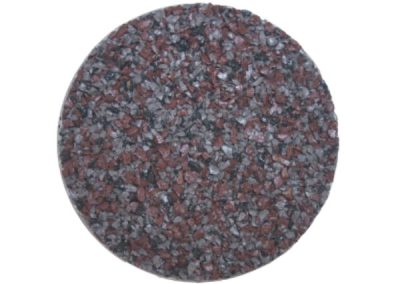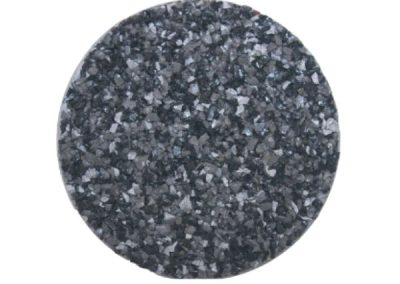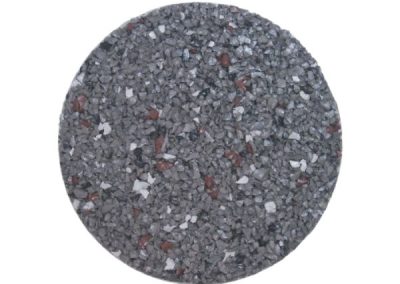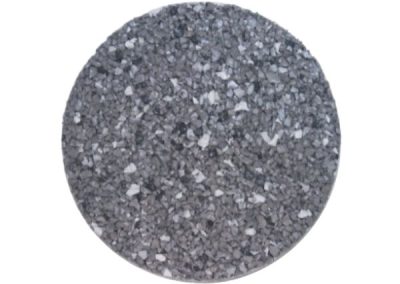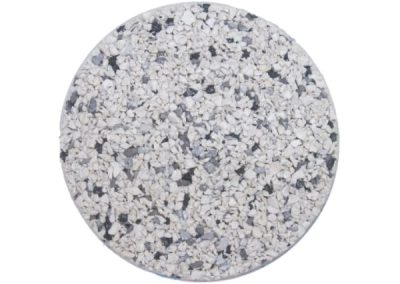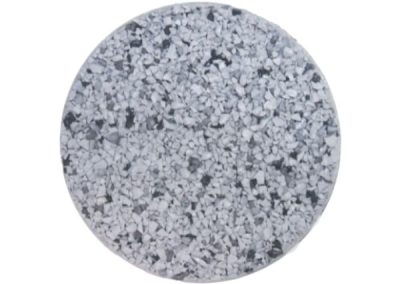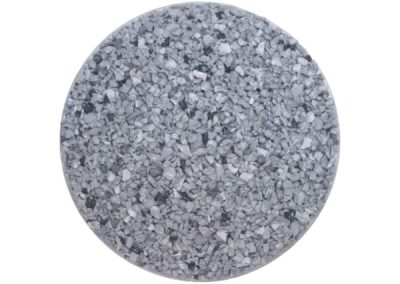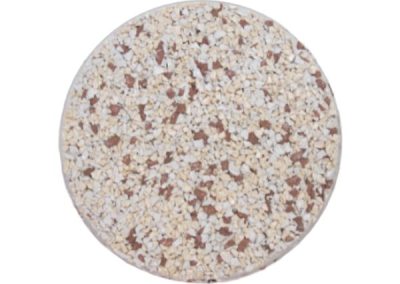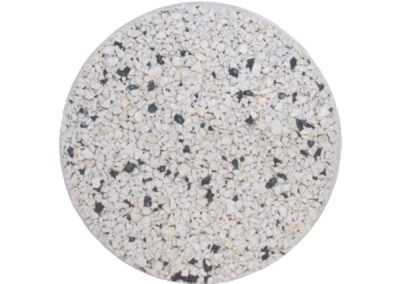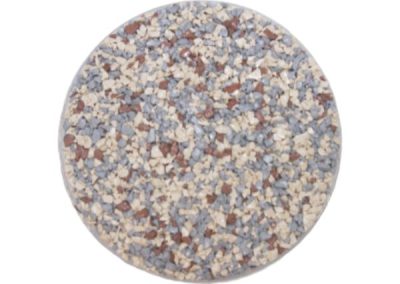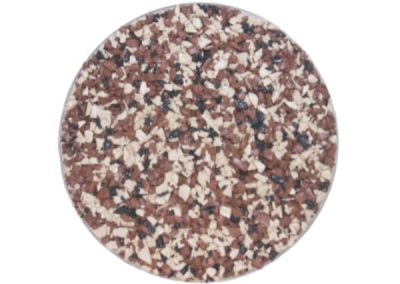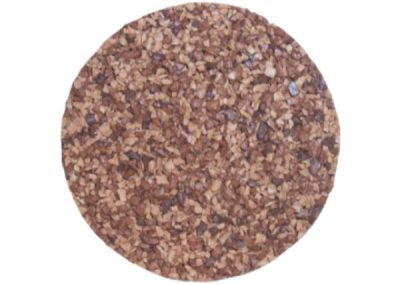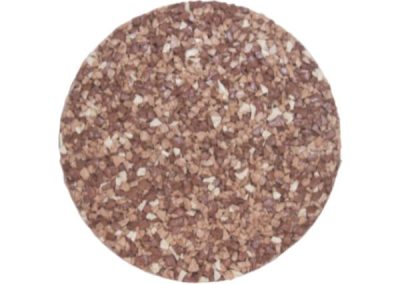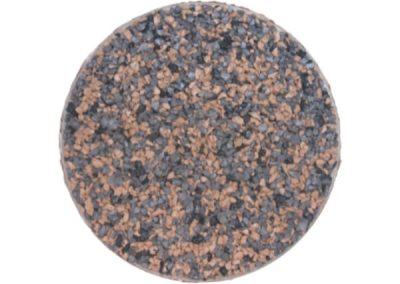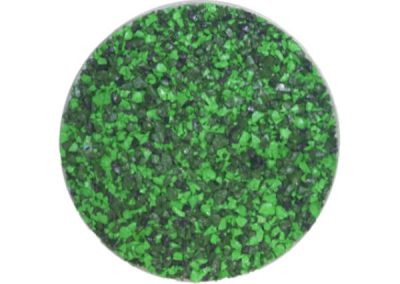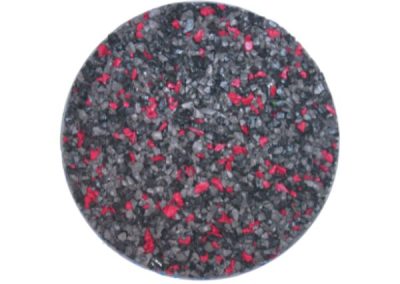EPDM rubber surfacing
EPDM rubber surfacing
Read more
EPDM rubber surfacing is widely used for pool areas, walkways, balconies and steps. Occasionally referred to as safety surfacing, it is often used in playgrounds, splash pads as well as gym floors. Rubber surfacing offers a low maintenance and visually appealing surface that is welcoming and more comfortable than conventional surfaces. It is recommended that rubber surfacing be installed by trained professionals for quality assurance and to ensure industry standards are being performed.
RUBBER SURFACING: RESIDENTIAL
- Pool areas
- Walkways
- Play areas
- Patios
- Balconies and Steps
- Beach pools
- Gym floors
- Garage floors
RUBBER SURFACING: COMMERCIAL AND RECREATIONAL
- Access ramps
- Playgrounds
- Community pool areas
- Storefronts
- Walkways
- Beach pools
- Water park floors
- Fitness floors
- Anti-fatigue floors
- Acoustic and anti-vibration floors
- Animal care floors
- Trailer floors and more
RUBBER SURFACING: MUNICIPAL AND INSTITUTIONAL
- Handicap ramps
- Storefronts
- Community pool areas
- Splash pads
- Beach pools
- Playgrounds
- Fitness floors
- Anti-fatigue floors
- Acoustic and anti-vibration floors
- Animal care floors

Durable
Unlike many other types of materials available on the market, the products used for rubber surfacing have shown superior durability and are virtually indestructible. The application has been tested in extremely hot and cold temperatures, and has been proven to withstand the harsh winters of Western Canada for over 20 years. Rubber is very malleable and therefore can resist sudden changes in temperature, as well as ground movement during freeze and thaw cycles. Unlike concrete, rubber applications will not crack and is less than half the cost of removing and replacing concrete. The mixture of EPDM granules with an industry standard UV resistant binder will offer a minimum lifespan of 25 years if treated with care. In short, it will keep its original state for decades to come!

Low maintenance
Unlike concrete and paving stones which require a lot of maintenance, rubber surfacing is virtually maintenance free. Spills can be easily cleaned up with soap and water. Oil stains do not penetrate the rubber, as the material is neither absorbent nor organic, which discourages the weeds from growing on the surface. With no annual treatments required, rubber surfacing alleviates you from the costs and labour involved in protecting the surface.

Permeable
The finished product allows water to penetrate the slightly porous surface, instead of forming large puddles. The porosity of the application also allows snow and ice to melt faster, rather than forming ice caps. In most cases, a permeable surface can contribute in preventing the problem of large water runoff. It is best for rainwater to perform its natural filtration process, just like when it falls on grass and it percolates back into the ground towards the water table ecosystem. In addition, when installed near a tree, the surface allows for water and oxygen to reach the roots.

Safe
This advantage is one of the main reasons people choose EPDM rubber surfacing, where its slip-resistant properties can help reduce the risk of falls and injuries. The rubberized surface significantly reduces the shock impact on landing, which is why it’s often used as a safety surface. It also doesn't emit any harmful chemicals that can cause health problems, which is why EPDM applications are the popular and preferred choice for schools, daycares and playgrounds. In addition, rubber products by nature are antibacterial and antifungal, thereby preventing the growth of bacteria and fungi, making it a safer and healthier option for the elderly or families with children or pets. The porosity of the application eliminates puddles of water in summer and makes it easier to remove snow and ice.

Flexible
EPDM granules are mixed with an industry standard UV resistant binder to create a flexible surface that prevents cracking and resists sudden temperature changes, as well as ground movement during freeze and thaw cycles. This unique advantage of rubber surfaces minimizes the risk of cracking that is commonly seen with concrete and asphalt. Used in Europe for over 70 years in athletic track facilities, EPDM applications were designed to maintain elasticity and flexibility, as well as reduce the strain on the leg muscles.

Affordable investment
EPDM applications are an affordable and much more cost-effective alternative to replacing an old surface with concrete, which compares most in durability. Unmatched in the resurfacing industry, EPDM rubber surfacing will save you time, money and enhance the value of your property, as well as its assurance against cracking will give you peace of mind for years to come!

Convenient
In many cases, there is no use of heavy machinery, therefore less risk of damaging your landscape. If the substrate is adequate, EPDM rubber surfacing eliminates the costs and disruption associated with removing the existent surface. This eliminates the costs of replacing the substrate with traditional aggregate materials and reduces the impact on the environment. Installations will normally take one to two days on average and will cure within 24 to 48 hours. The application is incredibly tough and durable, but accidents may occur. The advantage is that the installer can simply extract the damaged section and reapply the new product to marry it with the existent surface and in most cases, the repair will be unnoticeable.
Aesthetic and Comfortable
EPDM applications are visually appealing, welcoming and much more comfortable than conventional materials. EPDM granules are available in a variety of colors, depending on your personal preference to show off your creativity or to match your decor. Give your living space the feeling of being an oasis, by transforming the outline of your swimming pool, the patio and the relaxation areas to make them aesthetic and luxurious attractions. EPDM rubber is a material that withstands intense heat while maintaining a level of coolness and comfort while walking on it. Not to mention, it makes for a fun and safe play surface material for children. The soft and elastic nature makes it ideal for home and business gyms, as it reduces strain on the muscles and absorbs sound and shock impact from weights being dropped.
What is the difference between EPDM and recycled tire granules?
Recycled tire granules are usually sourced from a local shredding plant, while EPDM granules are made from virgin rubber, a synthetic material, which makes it a bit more expensive. EPDM has a wider range of colors from very light to dark and is typically used for resurfacing with a higher level of comfort in mind. The recycled tire is denser, which is why it’s more suitable for installations such as driveways.
Over what type of surface can EPDM rubber surfacing be applied?
EPDM rubber surfacing can be applied over concrete, paving stones, steel, roofing membrane, on all solid and non-granular substrates. On the other hand, rubber paving can be installed directly over a gravel substrate.
Where is EPDM rubber surfacing most commonly used?
EPDM rubber surfacing is widely used for pool areas, walkways, balconies and steps. Occasionally referred to as safety surfacing, it is often used in playgrounds, splash pads as well as fitness floors.
Can EPDM rubber surfacing be installed indoors?
Yes, for some installations such as a garage floors and fitness surfaces, as it is a type of application that absorbs sound, shock impact and has insulating properties. EPDM applications can also be sealed to render the surface impermeable, otherwise the cleaning of the surface will need to be treated like a carpet. At the commercial and institutional level, it is strongly suggested to seal the areas that have presence of organic matter and also facilitate cleaning with any type of conventional mop.
Can EPDM rubber surfacing be installed directly on soil or grass?
No, it is absolutely necessary to provide a solid substrate such as an existent concrete slab, a new concrete pour, paving stones, or rubber paving base with recycled rubber.
Can EPDM rubber surfacing be installed directly on a wooden surface?
Since rubber paving is permeable to water, all wood surfaces must be waterproofed prior to resurfacing, otherwise the wood underneath will rot over time.
How should EPDM rubber surfacing be cleaned?
To simplify the task, we suggest using a leaf blower. For a more thorough cleaning in the spring, we recommend washing with a residential grade pressure washer. To remove stains, simply use a degreasing dish soap.
Does EPDM rubber surfacing require regular maintenance?
Unlike concrete and paving stones which require a great deal of maintenance, EPDM applications are virtually maintenance-free. Only if deemed necessary, due to a high level of UV exposure, we recommend refreshing the surface with a clear coat to protect against potential drying out of the granules. This application is quite simple, once the product is provided, you could even apply it yourself.
How to remove snow on an EPDM rubber surface?
Remove the snow as you normally would! A plastic shovel is always recommended rather than a metal shovel. You can also use a snow blower as they usually have plastic pads on the bottom, otherwise teflon pads can easily be added.
How does the EPDM rubber surfacing facilitate the snow removal?
Rubber is a material designed not to adhere to snow and ice, making it easier to scrape and remove ice compared to concrete surfaces where the bottom layer of ice adheres to the surface with fierce tenacity.
How does EPDM rubber surfacing help prevent falls and injuries?
EPDM applications provide superior slip-resistance compared to other surfaces. Snow melts quicker and water does not accumulate due to the permeability of the surface, therefore reducing potential black ice, which is the cause of many falls and injuries.
Can salt or de-icers damage an EPDM rubber surface?
No, you can safely use salt or any type of eco-friendly de-icers.
How does the EPDM rubber surface resist in winter?
Rubber is very malleable and therefore resists temperature changes, as well as ground movement during freeze and thaw cycles. The applications have been proven to withstand the harsh winters of Western Canada for over 20 years and Eastern Canada for the past 10 years.
What is the lifespan of EPDM rubber surfacing?
Rubber is a material that is practically indestructible, mixed with an industry standard urethane-based binder. If treated with care, this composition is very durable and has a lifespan of at least 25 years.
If the surface gets damaged, is it repairable?
Yes, even though EPDM surfaces are incredibly tough and durable, accidents can happen. The installer simply needs to extract the damaged section and reapply new product to marry it with the existent surface.
How long does it take to install an EPDM rubber surface?
Usually, installations take between 1 to 2 days, unless otherwise specified for large projects. The first stage is the preparatory work of the existent surface and the second stage is the pouring of the product. In some cases, both stages could be done on the same day.
Are there any constraints in the installation of EPDM rubber surfaces?
Unfortunately yes, the EPDM rubber surfacing cannot be performed in the rain. The surface must be dry, with the presence of some atmospheric heat during installation and night temperatures that do not freeze. However, there is no risk if it rains afterwards, once the product is installed and the work is completed, as water is only an accelerator in the curing process.
How long does it take before I can walk on the new surface?
The EPDM surface hardens in the presence of heat and humidity. In ideal conditions, allow 24 hours before you can walk on it, and a maximum of 72 hours if the weather conditions are less humid.
Do EPDM applications have an odor?
The application is practically odorless. Depending on the weather conditions, during the installation you will be able to capture a scent which will fade quite quickly in the following days.
Do EPDM rubber surfaces retain heat or reflect UV rays?
It goes without saying that the lighter shade options avoid island heat, as they reflect UV rays much more compared to a dark surface. EPDM surfaces retain less heat than conventional surfaces due to its permeable properties. This allows air and water to flow through the pores of the surface, allowing for a much faster comfort temperature recovery.
Where does the water flow once it enters the pores of the surface?
Generally, the water finds the path of least restriction to go towards a downhill slope or it remains in the pores of the surface until it evaporates. If applied over a gravel substrate, the water percolates and filters through the ground towards the water table.
If EPDM rubber surfacing is permeable, can the water passing through it in winter adversely affect the surface?
No, because the application maintains elasticity and flexibility at all times and in all weather conditions. The micro-frost that might form in the pores of the surface would be impossible to expand enough to the extent of potentially cracking the surface.
If installed as a resurfacing method, how does the overlay meet with the edges of a sidewalk or the existent elevations?
Generally, each installation requires some preparation and special attention along the edges of current elevations. The ideal method is to recess part of the existent surface by cutting or grinding to lower the height of the current surface to match the desired height. The transition is often so smooth that not even a lynx's eye will notice it!
Are aluminum moldings necessary for the edge of the steps?
Aluminum moldings are not necessary in all cases. However, to avoid the risk of chipping, it is strongly recommended to protect the edge of the steps, especially when dealing with heavy foot traffic.
How is EPDM rubber surfacing installed?
The installation of EPDM surfaces is an artisanal process, similar to that of pouring concrete. The cold mix consists of 100% EPDM granules combined with a UV resistant urethane-based binder. The components are mixed on site either manually or more efficiently in a mortar mixer. The craftsman then pours and spreads the granular mixture evenly with his trowel over the existent surface. Once the product is spread, the installer compresses, flattens and smooths the rubber with a trowel to close all the open pores. This makes the entire application uniform and seamless to an average thickness of ¼” to ½”. We invite you to watch the video of the installation process.
Could we install EPDM rubber surfacing ourselves?
Taking into account the artisanal nature of the application, anyone wishing to install this type of product should pass a minimum of training to understand the peculiarities of the product and ensure proper installation. If you are interested in a training, please do not hesitate to contact us.
